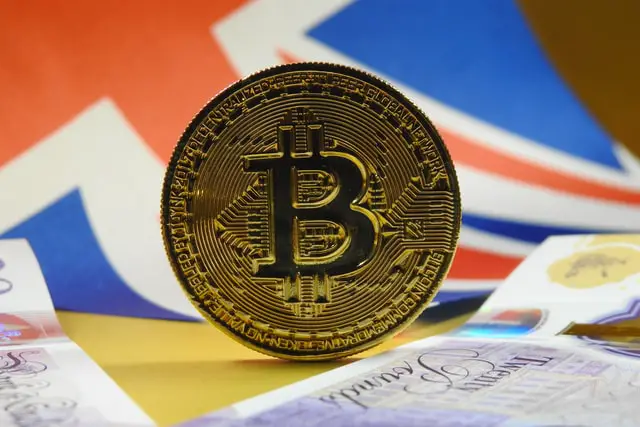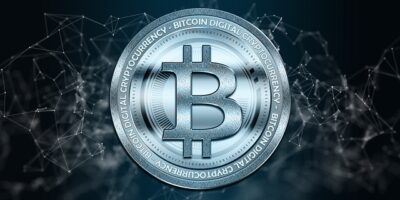Does the Future Lie in Tokenized Assets?

Tokenized assets are real-world traceable assets for which blockchain tokens have been issued as their digital representations.
By doing this, their owners not only digitize their assets but also secure high-value resources with the latest technology, thus making them easier to access and expanding more liquidity options. Assets most usually tokenized are:
- Real-life tangible assets (artwork, real estate, luxury vehicles, precious metals);
- Financial instruments (equities, bonds, loans, funds);
- Intellectual property (copyrights).
Going through the asset tokenization process implies that each of these valuables are subjected to improved liquidity, bolstered risk management, lower costs of administration, and faster settlement (which we’ll explain in greater detail later). Tokenization allows them to be traded on the secondary market where they can reach wider audiences and have a greater chance of being sold and purchased.
So, how does it all work?
Let’s say you own a rare 2015 Ferrari — a very valuable, luxury supercar that you paid for dearly and now want to secure a buyer for it before it drops in value. Not the easiest task, since this transaction potentially involves hundreds of thousands of dollars. However, you don’t have to stop with only one buyer when selling tokenized assets.
It’s easier to sell one million $1 shares to different buyers, than to find a single buyer who has $1 million at their disposal exactly when you need it. To facilitate the process of selling this $1 million supercar, you might find it easier to instead sell a million shares of it by tokenizing the car.
That way, multiple people can claim simultaneous ownership over this car by purchasing a fragment of its tokenized value when they purchase these tokens.
In another example to distribute cost and profit, an issuer might, after selling all these shares, store the car away safely until a designated date when it will be auctioned off and sold for presumably more than $1 million, thus bringing profit to all shareholders.
This simple concept of joint ownership allows a person to effectively buy a high-value object and participate in tokenized asset management of that object without having to invest ludicrous amounts of money since they are just one out of its many new proprietors.
It also means that they are one of many people sharing the risks and benefits associated with the purchased asset in a transparent, inclusive, and efficient way.
Of course, asset tokenization is not limited only to individuals purchasing physical assets in a tokenized form. Asset tokenization has also opened doors to corporations and investment funds to build up investment portfolios and add liquidity to assets.
There are several benefits to participating on the tokenized assets platform:
- Adding liquidity to illiquid resources – by purchasing assets, investors add liquidity to the resources and grow their value
- Cheaper and faster transactions – since transactions are performed via smart contracts, they are greatly automated; this eliminates much of the paperwork and intermediaries usually involved
- Added transparency – each token is embedded with the owner’s information, rights, and responsibilities which allows all participants to know who they are dealing with, as well as who previously owned the token
- Greater accessibility – the reduced minimum investment amount and periods allow for more entities to purchase tokens in very small amounts and sell them fast on the secondary market.
With this in mind, the future is obvious.
With increased interest in tokenized asset offering, a new financial system is emerging. One that is more democratic, more inclusive and more efficient than anything we’ve seen so far.
While blockchain technology provides a fertile ground for new players to build a new decentralized financial system with tokens as digital representations of houses, cars, and pension funds, traditional banking systems are slowly realizing the potential asset tokenization holds.
However, one can’t help but conclude that the lack of appropriate legal frameworks are holding back the majority of big corporations as well as individual investors to tokenize their own physical assets or start purchasing serious amounts of them.
The token economy requires an adapted set of compliance regulations that would efficiently define the company-client relationship in this novel environment as well as provide a jurisdictional balance for entities entering financial agreements across regions and, ultimately, the entire world.
Moreover, when talking about the cybersecurity of asset tokenization, blockchain platforms come with their own set of inherent security advantages but also risks. The most frequently identified potential weakness of handling tokenized assets is improper wallet and key management.
Indeed, forgetting or misplacing wallet credentials — or, in fact, their theft — is the most common issue with securing the value chain run on blockchain platforms. By integrating secure common credential log-on solutions that don’t need complicated private key use like AIKON’s ORE ID and ORE Protocol into their ecosystems, companies from all kinds of industries have found a way to ensure the safety and ease of use of their platforms.
This presents a true opportunity for companies and their customers to sign into Dapps with a single click of the button, and engage freely in a variety of activities on the blockchain, like buying their part of a Ferrari or starting to build their own crypto asset reserve.
The future of finance is here, and AIKON is what makes it accessible. Join us for that first piece of your Ferrari.


